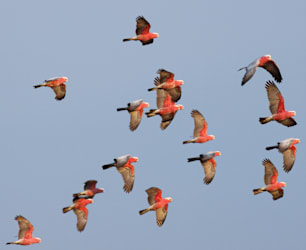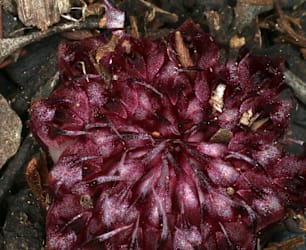I haven’t written about wildlife for a while. I haven’t even been out in nature to look for critters, big or small. Gone are the regular hikes shouldering my camera bag like a lame workhorse.
Instead, I’ve been spending my time indoors. I think the kids these days call it ‘bed rotting’ although I’m far too old to be delving into their lingo and instead I’ll put it this way, I lost my mojo.
So what does a gal do when she’s down in the dumps? Well, firstly, she crochets a lot and eats way too much chocolate. And then she takes her own advice and gets out and and heads to the local rock pools and here is why you should get out there this week too: they are absolutely exploding with life!
Sandon Point is my local rock pool ramble go-to spot. There’s always been fantastic diversity around the point, not to mention some pretty good birdlife and the occasional dolphin to keep you occupied.
But right now from the boat sheds around to the surf club you can expect to see galaxies of sea stars, both the dwarf cushion star (Parvulastra exigua) and the intricately patterned and brightly coloured carpet sea star (Patiriella calcar).

There’s also loads of bubble snails, both the rose petal (Hydatina physis) and the red-lined (Bullina lineata). The red-lined bubble snail is pretty small, growing only to about 2cm, so you will need to really look for it but the iridescent blue-edged mantle makes it well worth your patience.

You can also find sea hares in good numbers to the right of the boat sheds munching away on algae. These sea hares (Dolabrifera brazieri) can range from a dark brown to a light yellow. Our local ones are a mottled yellowish green colour. They’re quite big, getting up to about 15cm and where there is one, there are usually others, although their camouflage is very impressive.

And if you get especially lucky, you might encounter a common Sydney octopus (Octopus tetricus), one of my very favourite marines animals, on the hunt for crabs, mussels and small fish.
With the current big swells, it’s more important than ever to never turn your back on the ocean but it’s definitely worth braving the icy wind. So pull on your reef shoes, head out onto the rock shelf as the tide is going out and enjoy the absolute abundance of sea life. After all, we could all do with a dose of vitamin sea.






